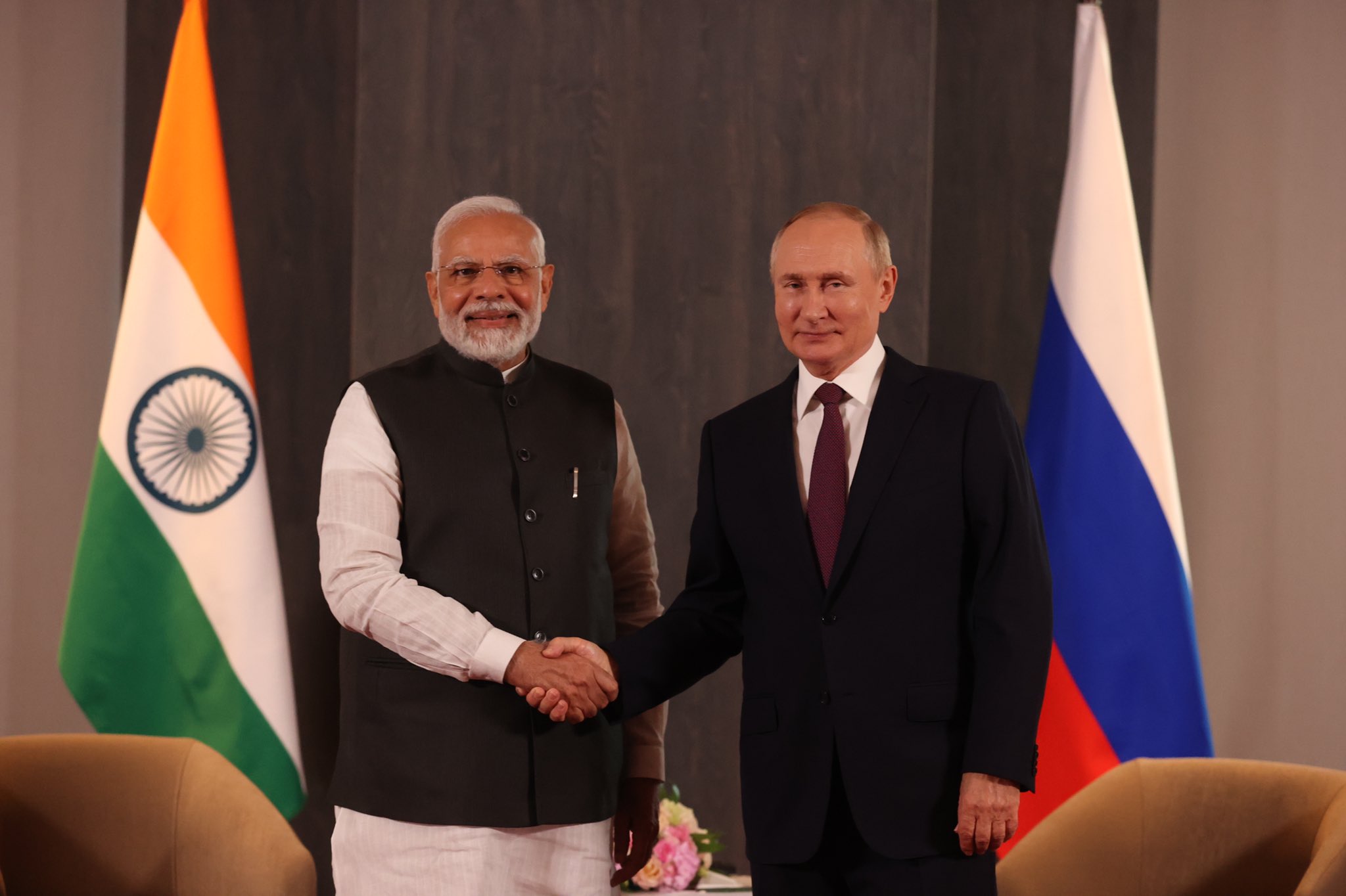The world is in the midst of a dramatic shift in leadership. Old powers are faltering, alliances are fraying, and new forces are beginning to shape the global order. At the center of this transformation stands Prime Minister Narendra Modi—projecting stability, pragmatism, and hope at a time when Western leadership, particularly in the United States, appears adrift.
For decades, the U.S. held the mantle of “leader of the free world.” Today, that dominance is visibly cracking. Under Donald Trump, America’s trade wars, tariff battles, and inward-looking politics left even its closest allies disillusioned. Add to this the growing influence of the so-called “Deep State”—entrenched actors with conflicting agendas—and U.S. foreign policy has become less about uniting the world and more about firefighting contradictions at home.
The vacuum is widening. Questions over the cognitive abilities of Trump and his successor, Joe Biden have only amplified global concerns. NATO allies remain restless, global partners are skeptical, and Washington’s moral authority is diminishing. What was once the undisputed superpower is now engaged in a desperate struggle to retain relevance.

Meanwhile, Europe’s eastern front is equally fragile. Ukraine, once seen as a symbol of resistance, risks descending into ruin. President Volodymyr Zelensky, once hailed as a wartime hero, now faces mounting dissent—even within his own ranks. Critics accuse him of prolonging conflict for political survival rather than Ukraine’s long-term interest. Strategic missteps, growing militarization, and crumbling public support have left him vulnerable. Whispers of a potential ouster are no longer dismissed.
For Zelensky, the way forward may hinge on finding a credible ally who can offer both a diplomatic off-ramp and international legitimacy. Here enters India. Unlike the West, India has maintained neutrality, kept dialogue open with all sides, and steadily built its reputation as a voice of reason. For a beleaguered Zelensky, aligning with Modi’s peace initiatives could provide a face-saving lifeline: easing domestic unrest while signaling a willingness to embrace negotiation over endless war.
India’s rise on the global stage comes at a moment of profound need. As the U.S. falters, Modi’s steady hand is increasingly recognized by nations weary of transactional politics. Countries bruised by America’s tariff wars and erratic diplomacy are turning toward India’s inclusive approach—one rooted in cooperation, not coercion. Modi’s mantra of “Sabka Saath, Sabka Vishwas, Sabka Prayas, Sabka Vikas” embodies not just India’s domestic philosophy but also its global outlook: progress through consensus, not domination.
For groupings like BRICS and the Shanghai Cooperation Organization, this approach offers a refreshing alternative. In a world splintered by Western interventions and unilateralism, Modi’s vision resonates. India, Russia, and China are already sketching frameworks for economic growth, regional stability, and sustainable development—an emerging counterweight to the U.S.-led bloc.
This year’s United Nations General Assembly could be a watershed moment. Modi’s address will likely present India not as a rising challenger but as a unifying force. His philosophy of “One World, One Family, One Future” provides a stark contrast to the divisive rhetoric emanating from the West. By focusing on collective responses to climate change, global health, and inequality, Modi can position India as the moral center of a fractured world order.

Beyond multilateral forums, India’s growing credibility stems from one key strength: it builds alliances without threats. Unlike great powers of the past, New Delhi has resisted imposing terms or exporting ideology. Instead, it has relied on shared respect, cultural diplomacy, and economic cooperation. That subtle yet steady approach is gaining traction among nations tired of endless conflict and coercion.
The global landscape is undeniably shifting. The U.S.—distracted by internal divides and declining credibility—no longer inspires confidence. Europe is preoccupied with its own crises. China, despite its economic heft, faces suspicion over its aggressive tactics. Amid this turbulence, India stands out as a force for stability.
As the old order fades, the future will not belong to the loudest or most militarized powers, but to those who can build bridges rather than walls. Narendra Modi’s India has seized that mantle. By advancing diplomacy rooted in peace, prosperity, and shared responsibility, he offers the world a new template for leadership—one where unity triumphs over division and cooperation prevails over confrontation.
A new dawn in global diplomacy is breaking. And at its center is India, quietly but firmly shaping a world where hope, not hegemony, lights the way forward.






